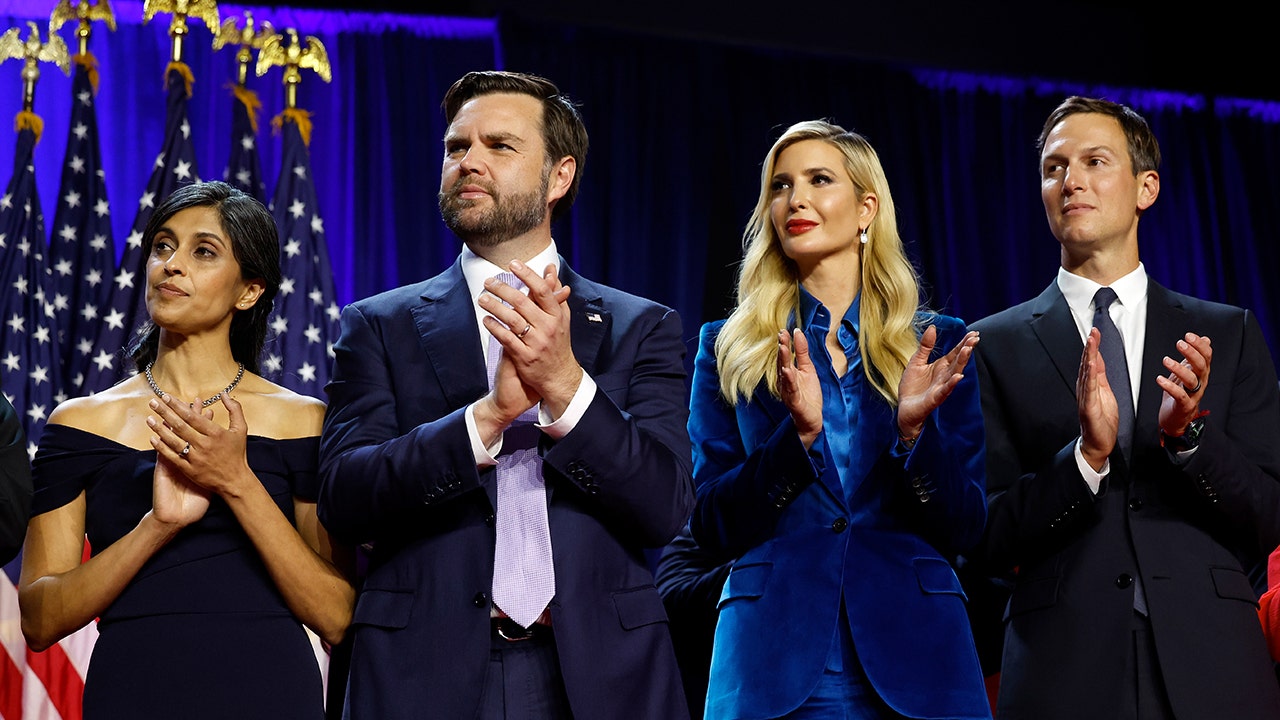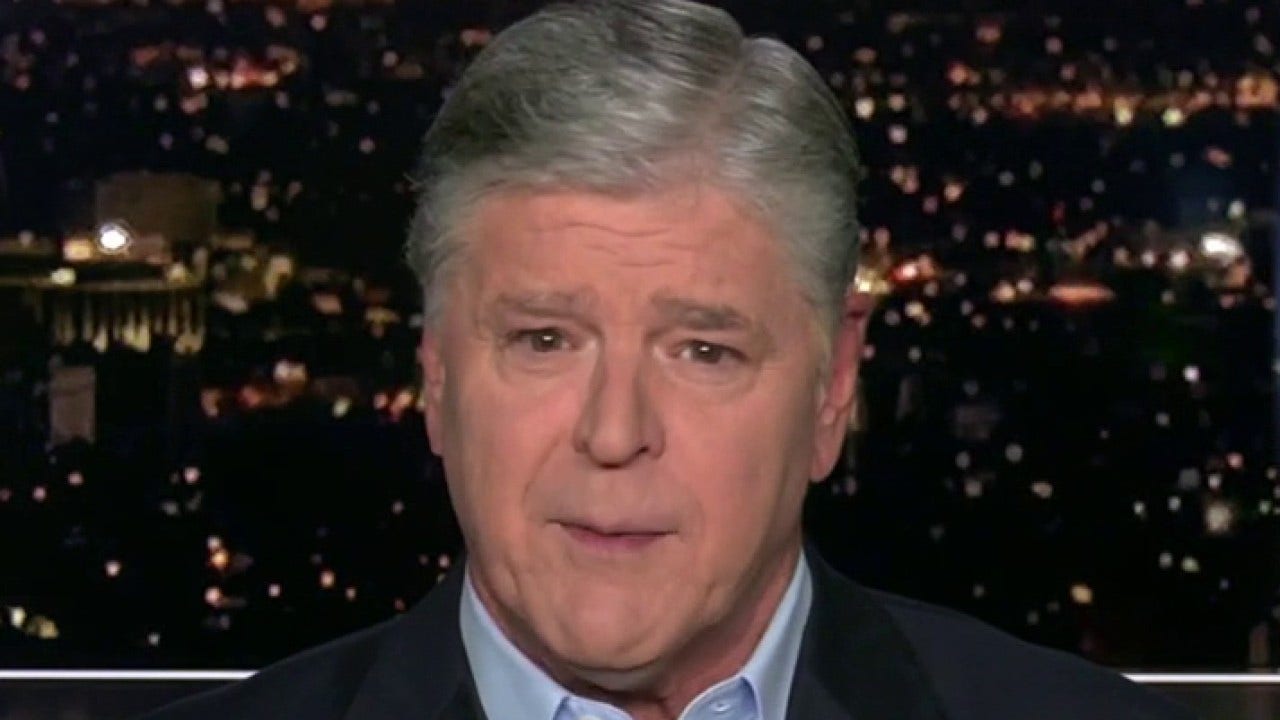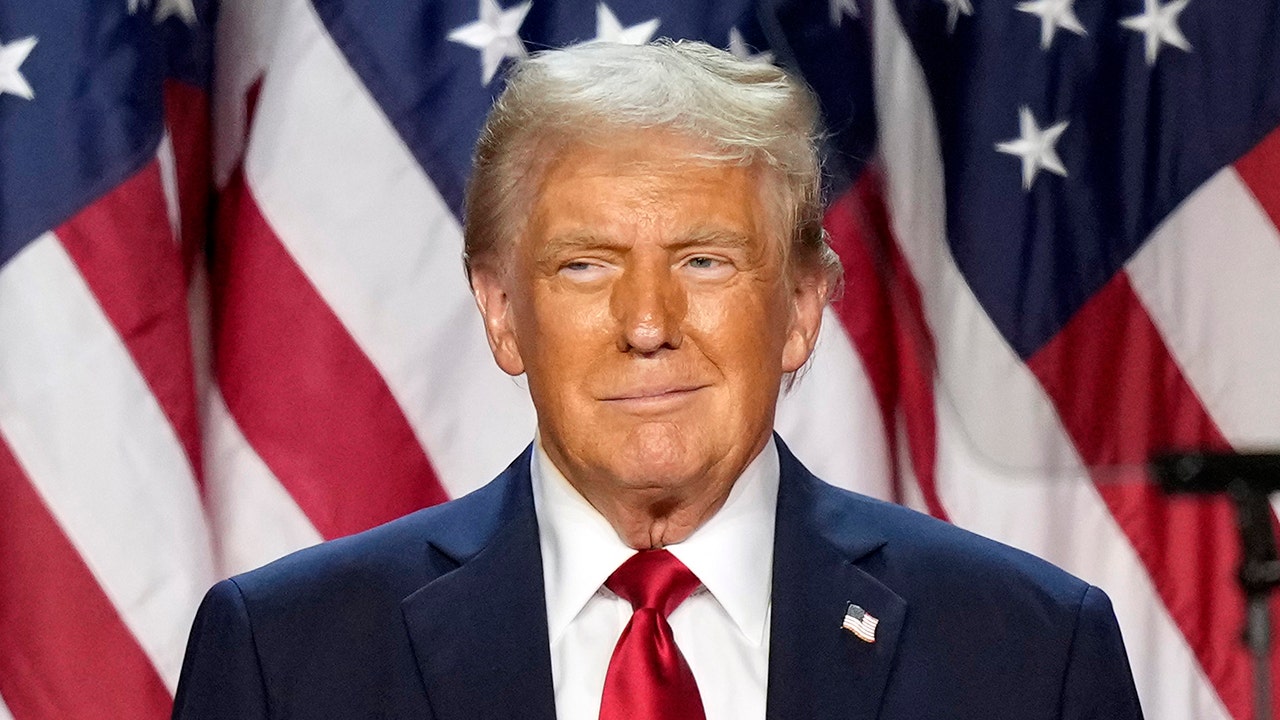On 21 July, Joe Biden dropped out of the presidential race and endorsed Kamala Harris. This historic move changed the landscape of the election and how many felt about the race. As the election enters its final weeks, Guardian US is averaging national and state polls to see how the two candidates are faring. We will update our averages once a week, or more if there is major news.
Latest polls
Polling average over a moving 10-day period
Loading...
Guardian graphic. Source: Analysis of polls gathered by 538.
Latest analysis: With just half a month to go, the US presidential election is deadlocked. Harris has tiny leads in Pennsylvania and Nevada, while Trump is ahead in Arizona, Georgia and North Carolina, though the races remain far too close to predict with any certainty.
The lack of clarity over the election’s outcome seems all the more remarkable in a race that has had so many seemingly clarifying moments, not least within the past week. In the past week, Trump has gone further than ever in branding his political opponents “the enemy within” and talking about deploying the military against them, while Harris herself entered uncharted territory by finally agreeing to label him “fascist”.
– Robert Tait, 19 October
Polling over time
Polling average over a moving 10-day period. Each circle represents an individual poll result and is sized by 538's pollster rating
Loading...
Loading ...
Notes on data
To calculate our polling averages, Guardian US took a combination of head-to-head and multi-candidate polls and calculated a rolling 10-day average for each candidate. Our tracker uses polls gathered by 538 and filters out lower-quality pollsters for national polls. Our state polling averages use a lower quality threshold for inclusion due to the small numbers of state polls. If there were no polls over the the 10-day period, we leave the average blank. On 11 Oct Guardian US began rounding averages to the nearest whole number to better reflect the lack of certainty in the polling figures.
Polling averages capture how the race stands at a particular moment in time and are likely to change as the election gets closer. Averages from states with small numbers of polls are also more susceptible to errors and biases. Our averages are an estimate of the support that the candidates have in key swing states and on the national stage. The election is decided by the electoral college, so these averages should not be taken as a likelihood of winning the election in November.
Read more about the US election:
-
Harris regains small poll lead post-debate as US election inches closer
-
Can 0.03% of votes really swing the presidential election?
-
Sign up for The Stakes: a free newsletter on the 2024 US presidential election
-
Are you an undecided voter in a swing state? We’d like to hear from you
-
Candidate illustrations by Sam Kerr

 2 settimane fa
12
2 settimane fa
12















 English (US) ·
English (US) ·